What is a 'brain-eating amoeba' that lives in fresh water such as lakes and hot springs and devours the human brain?

'Brain-eating amoeba', a type of amoeba that lives in fresh water, causes primary
The Most Horrible Parasite: Brain Eating Amoeba --YouTube
Most microorganisms are harmless to humans, but there are some exceptions that are pathogenic to humans.

Brain-eating amoe is known to eat the human brain and kill it, as well as to cope well with the human immune system.

Therefore, brain-eating amoeba is sometimes called 'murder amoeba' or 'brain-eating amoeba'.

Such a forernegrelia is very small ...

The size is only 10-35 micrometers.

Forernegrelia, which grows by preying on cells and other microorganisms, lives in freshwater such as lakes, rivers, and hot springs ...

Occasionally, it breeds in water pipes, pools, fountains, and other places close to humans.

The higher the water temperature, the easier it is for the brain-eating amoe to breed, so it is especially easy to encounter in the summer when humans play in pools and lakes in search of coolness. It is difficult for humans to completely avoid contact with forernegrelia, millions of people are in regular contact in warmer regions, and it is believed that the majority have antibodies.

Basically, swallowing water containing forernegrelia does not cause much of a problem. However, if you swim or dive in the water contaminated with brain-eating amoe, and the water gets into your nose, there is a danger that it will develop into a fatal situation.

The human body has an immune system that eliminates pathogens, but for some reason Forernegrelia seems to be good at evading the immune system.

It's not a big deal if the brain-eating amoe is just floating in the nasal passages, but it is dangerous if it reaches the sensory nerve cells in the nasal passages.

The olfactory nerve cells catch molecules that have entered the nasal cavity and transmit the information to the

Nerve cells release various neurotransmitters to transmit signals, and specific receptors recognize these substances to exchange information.

Forernegrelia happens to have an acetylcholine receptor, and it is attracted to acetylcholine released by sensory nerve cells and invades tissues.
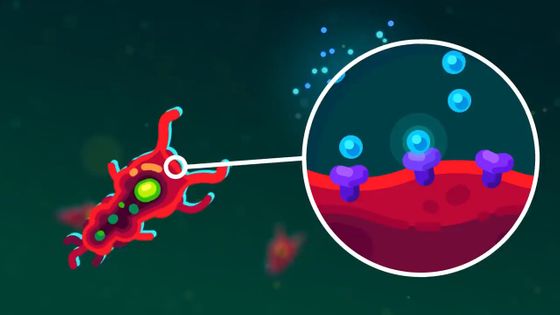
Of course,
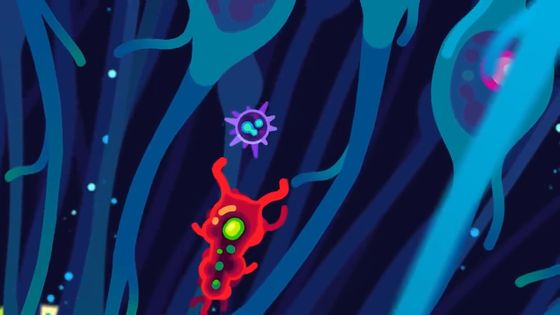
Some brain-eating amoe are killed by neutrophils ...

When a large amount of brain-eating amoe is invaded, the final destination, the olfactory bulb, that is, the brain-eating amoe, also reaches the human brain.

This process takes about 1-9 days, during which time the person in question has no subjective symptoms.

However, when Forernegrelia reaches the olfactory bulb, various symptoms appear.
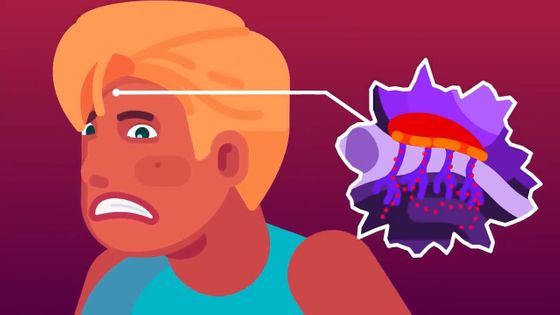
Forernegrelia releases molecules that attack cells and begins eating fragmented cells.
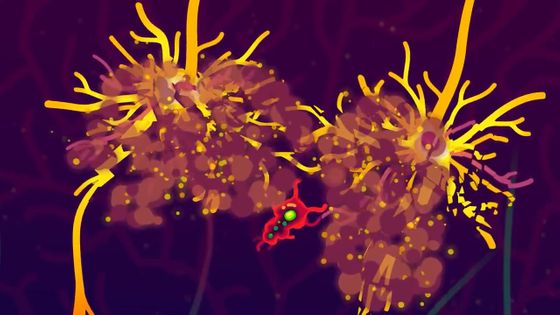
If it grows in the brain as it is ...
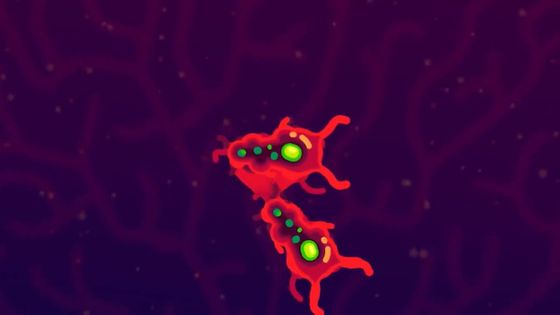
It is said that it will become an uncontrollable existence with more than 10 suckers like mouths. In this state, it seems that they will eat live brain cells as they are.
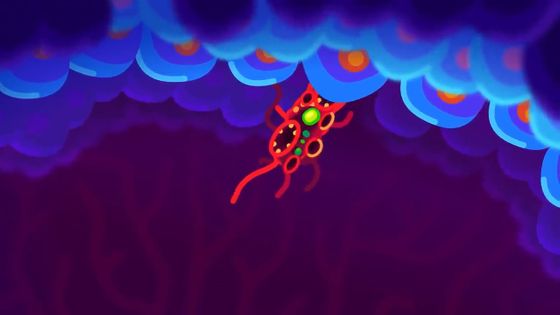
Then, neutrophils,
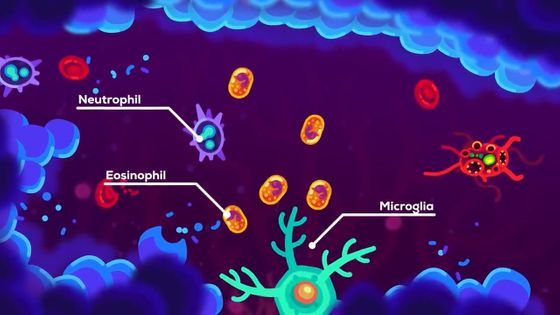
The problem is that immune cells do not fight carefully in consideration of the human body, and the fight also damages brain tissue.
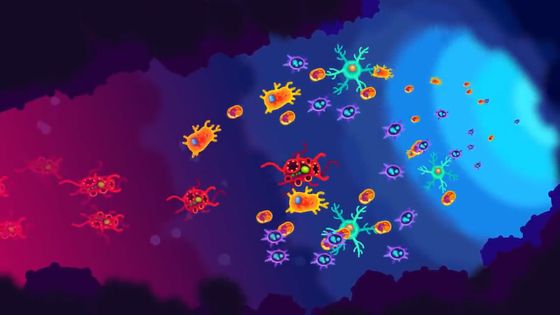
'It's like burning the woods to kill the wolves in the woods,' Kurzgesagt said, pointing out that it's the worst situation for the brain.

Also, forernegrelia is excellent at evading immune system attacks ...

In addition,
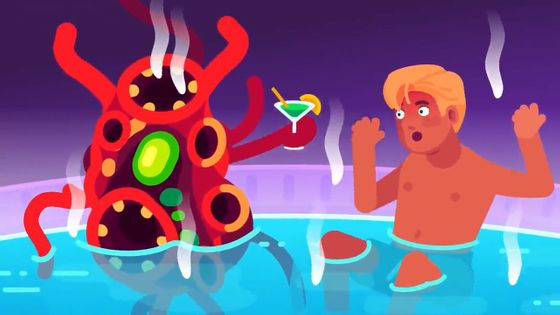
Meanwhile, Forernegrelia continues to devour the brain ...
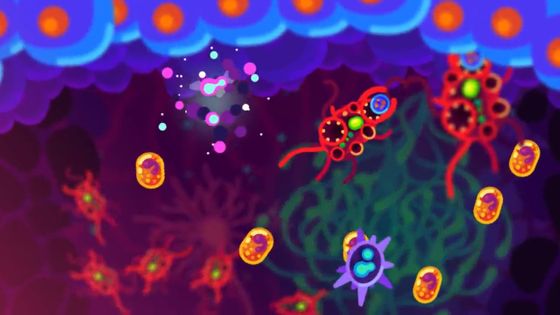
Inflammation of immune cells causes a large amount of fluid to flow into the brain.
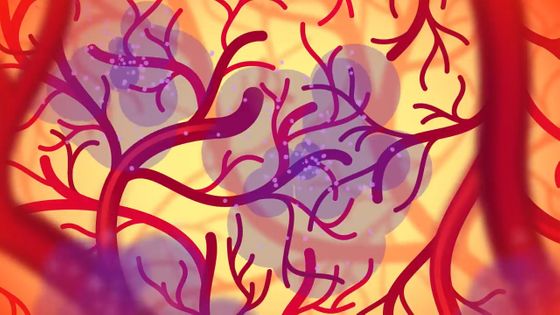
It is around here that subjective symptoms appear in people who have entered the brain of forernegrelia.

Subjective symptoms begin with headache, fever, nausea, etc ...
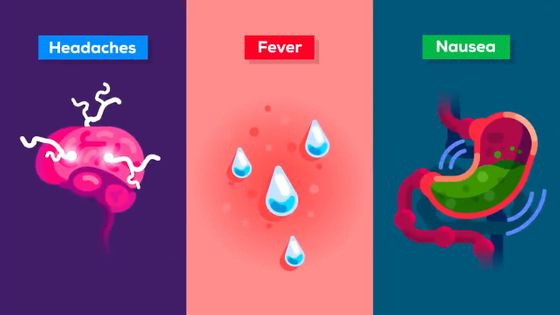
Eventually, symptoms such as confusion, lack of concentration, fatigue, seizures, and hallucinations develop.
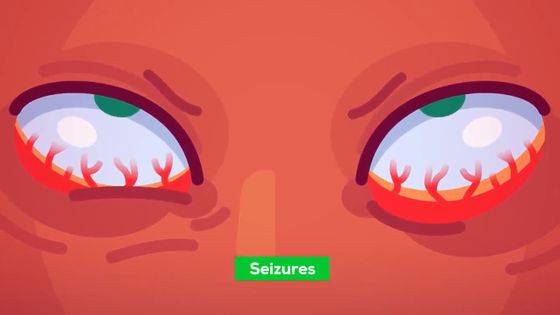
In addition, although the brain expands, the skull prevents it from expanding beyond a certain level, and as a result, the brain stem that controls breathing is compressed.
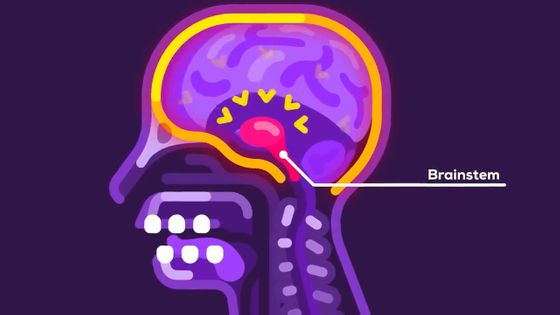
Due to these symptoms, many patients die within a week of being infected with brain-eating amoe. If it does occur, the case fatality rate is said to reach 97%.

In most cases, it is too late and there is no effective treatment by the time the patient becomes aware of the symptoms.
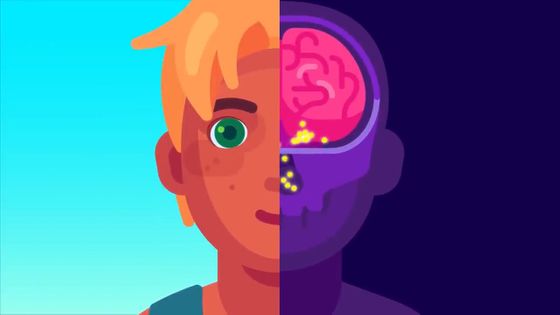
Also, the mechanism by which freshwater brain-eating amoe can cope well with the human immune system is unknown. Regarding the question, 'How much should humans be wary of such forernegrelia?' ...
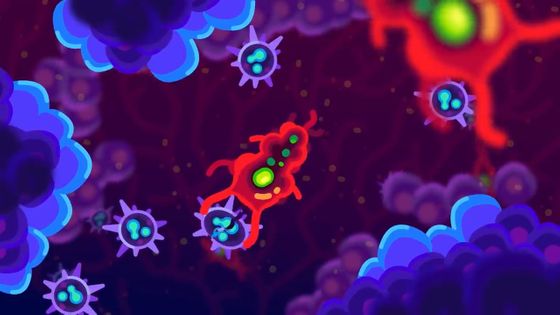
Kurzgesagt replies, 'You don't have to worry too much.'

Certainly forernegrelia can cause fatal medical conditions, but ...
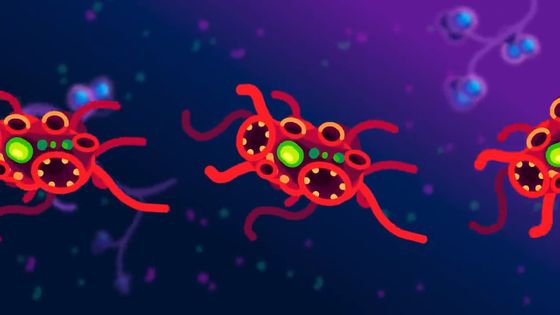
Infection is extremely rare, with only 381 cases since 1937.

Given that as many as 263,000 people are drowning in 2019 worldwide, it is much more likely that they will be drowned than they are in freshwater and infected with brain-eating amoe.

Therefore, it is unlikely that forernegrelia will pose a serious public health threat ...
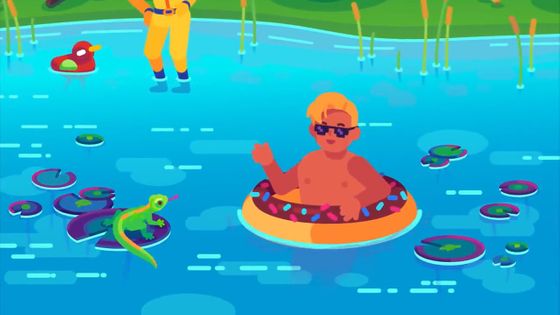
It is a deadly amoeba for 'a few unlucky people'.
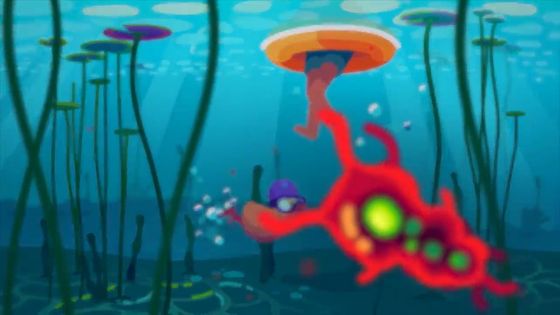
Related Posts:







